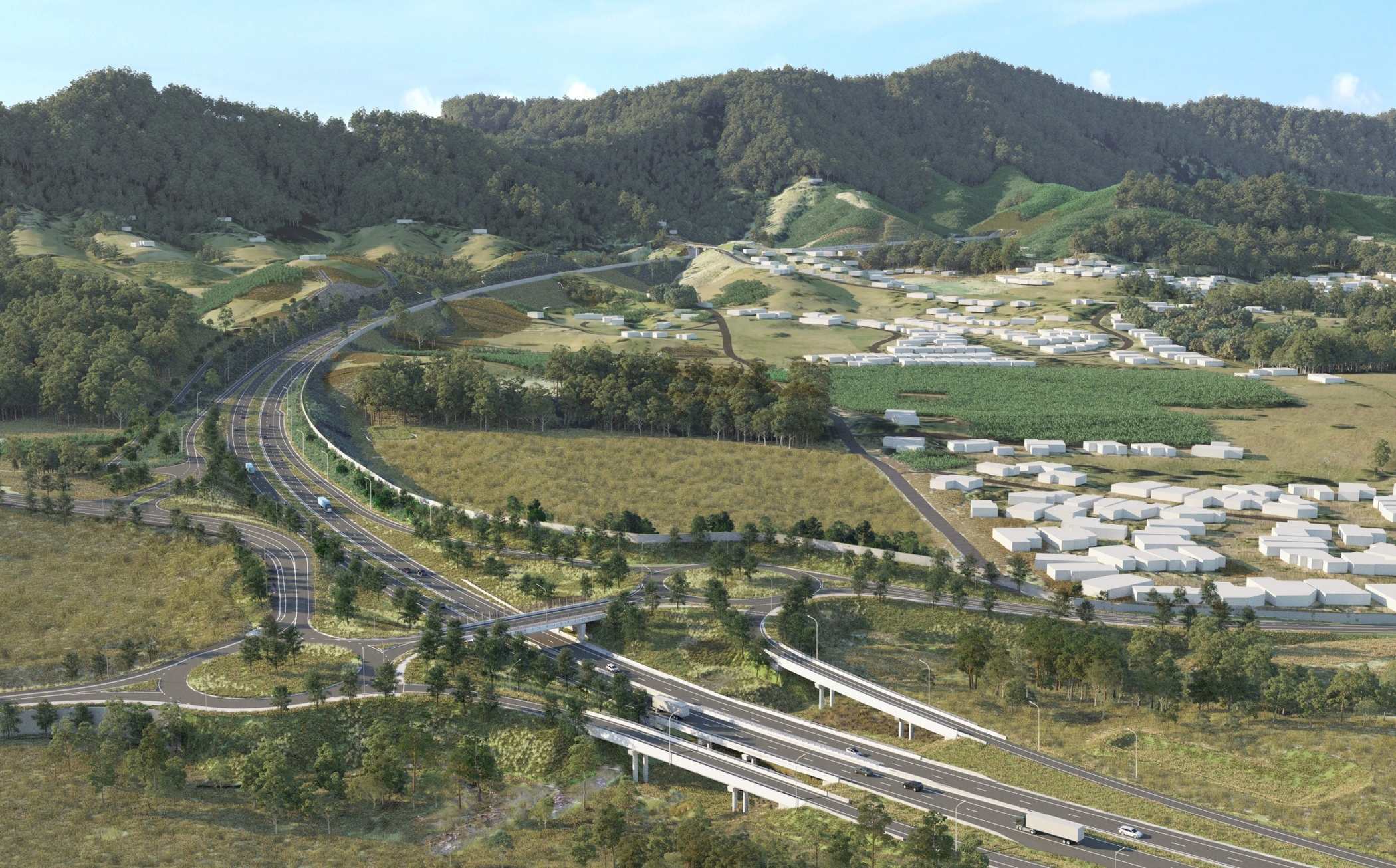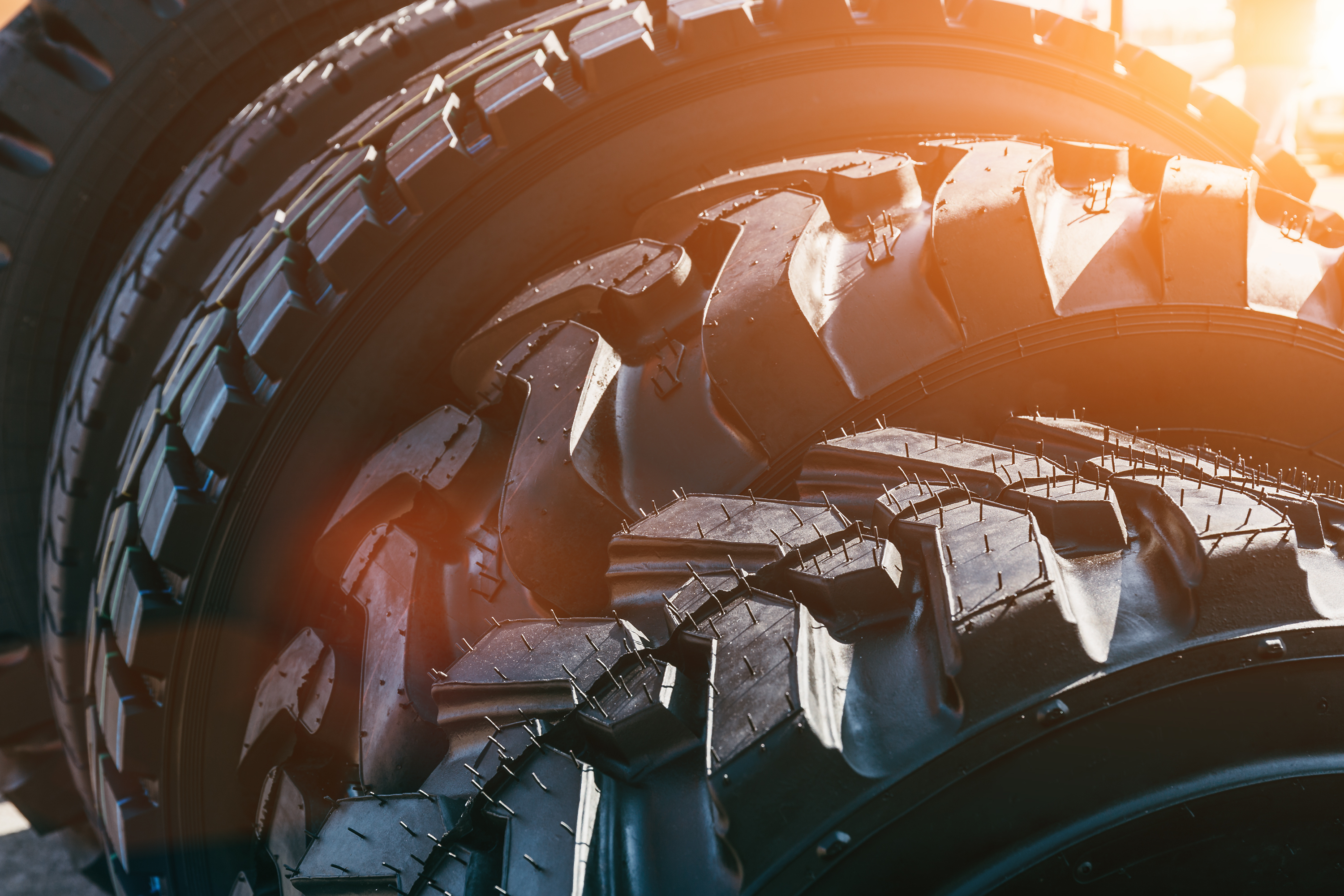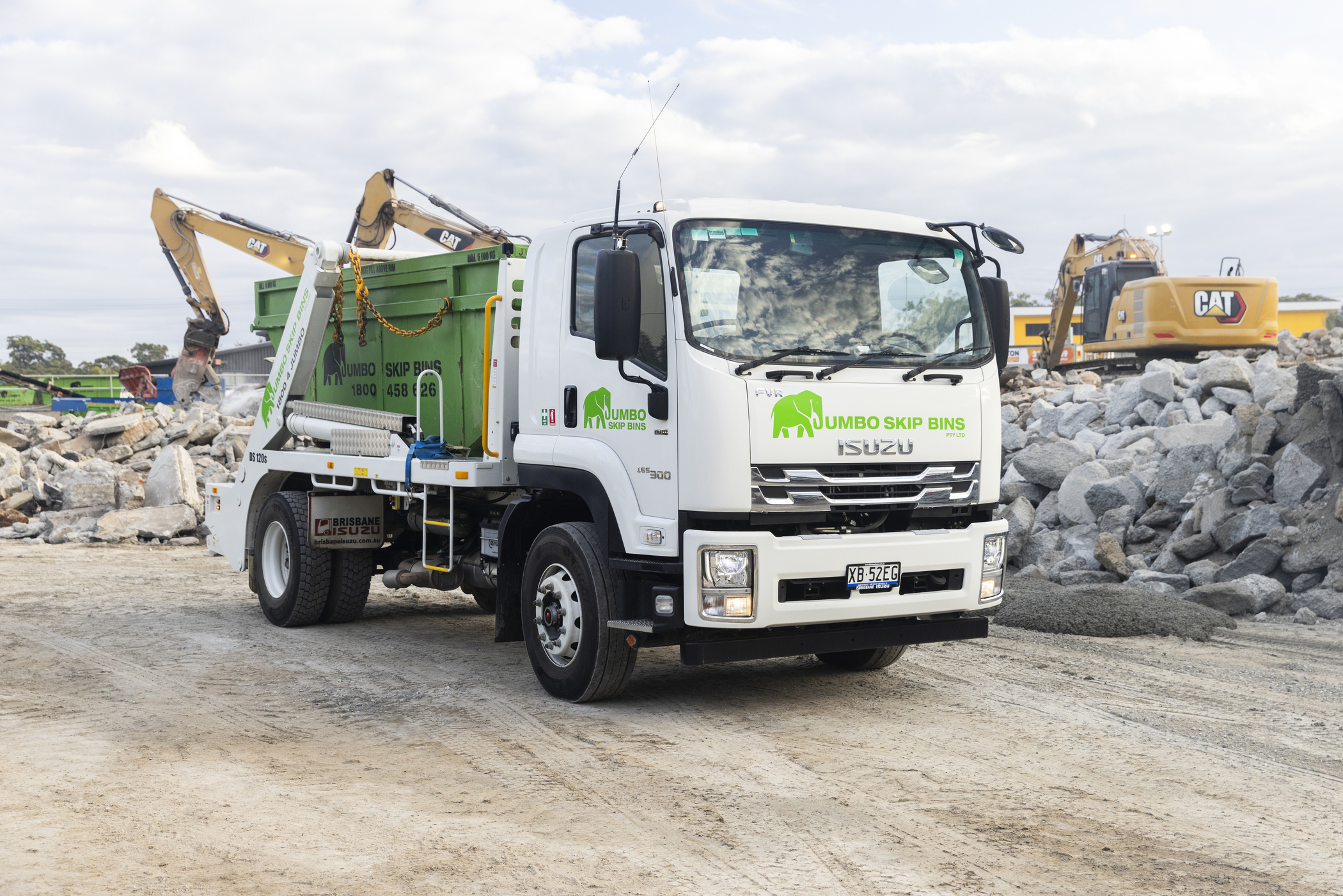ALL ABOARD THE NIGHT TRAIN
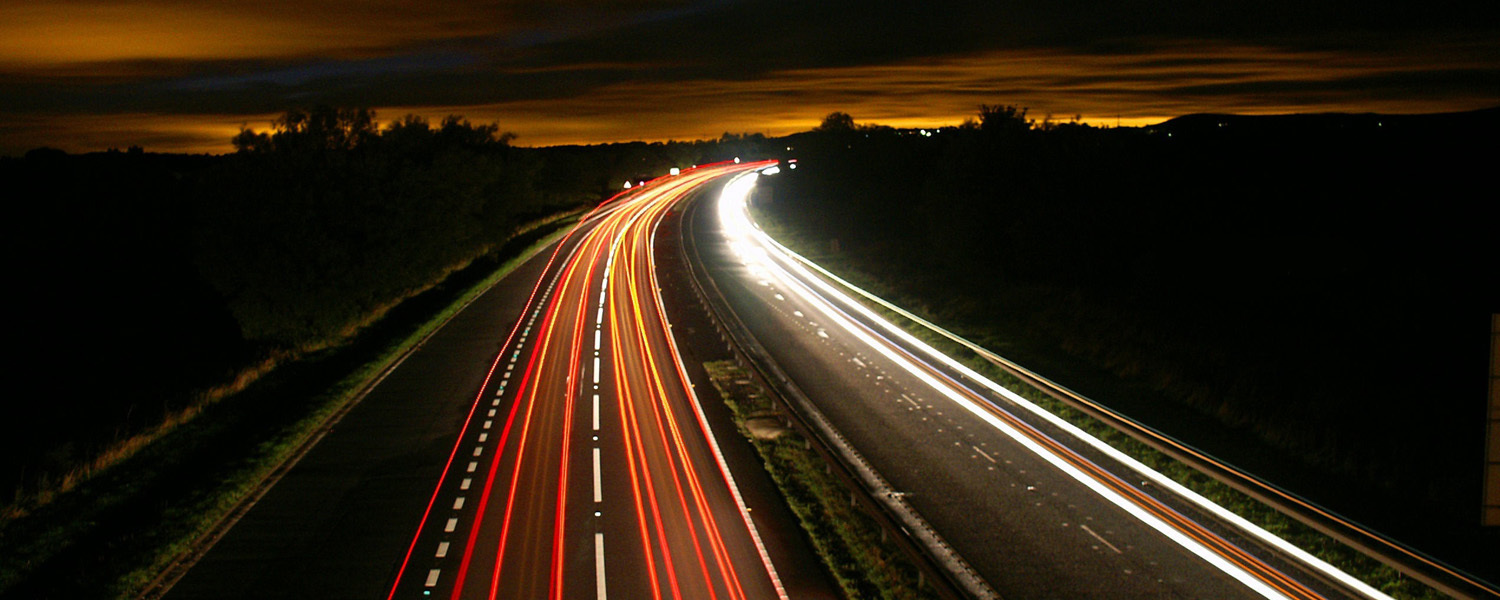
1. PREPARE YOUR ROUTE
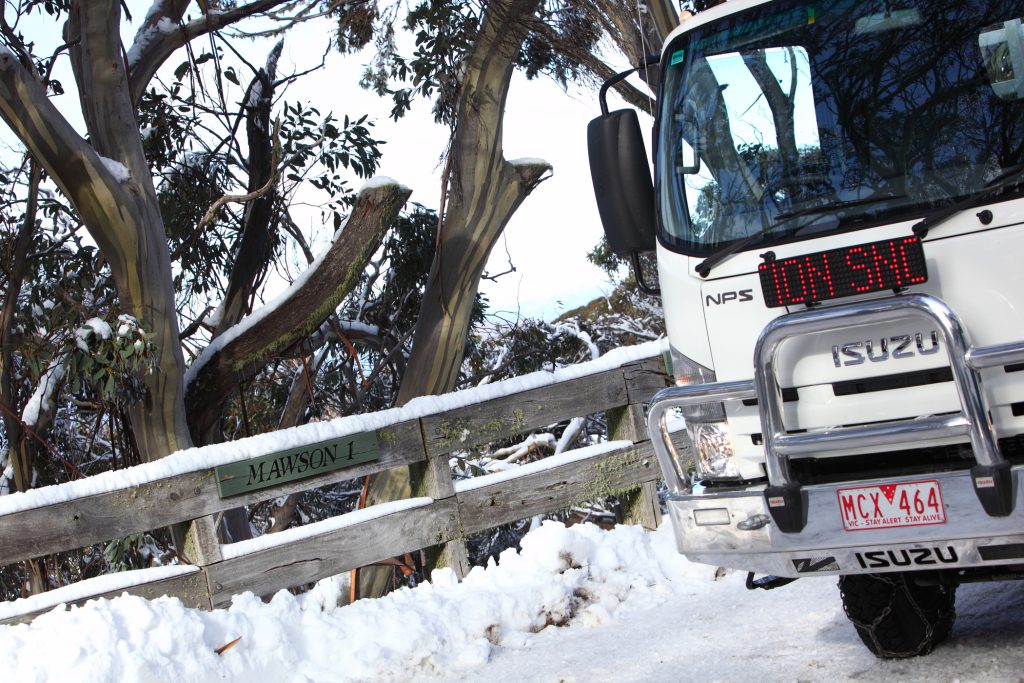 Check the weather report for your route so you can prepare for inclement weather, such as heavy rain, fog, snow or icy conditions. During winter, black ice can be a killer, especially at night.
You can check highway and road closures on websites such as Queensland Traffic, VicTraffic or the Live Traffic NSW website.
Check the weather report for your route so you can prepare for inclement weather, such as heavy rain, fog, snow or icy conditions. During winter, black ice can be a killer, especially at night.
You can check highway and road closures on websites such as Queensland Traffic, VicTraffic or the Live Traffic NSW website.
2. KEEP IT CLEAN
Smudges make the glare of oncoming and overhead lights seem even stronger, so make sure your prescription eyeglasses, side mirrors and windshield are sparkling clean, inside and out. It’s also a good idea to make sure your headlights are clean, so they’re not throwing strange shadows onto the road.3. DRIVE FOR THE CONDITIONS
Speed limits aren’t targets, they set the maximum a driver can safely travel in ideal conditions. Adjust your speed to take into account the weather, light, traffic and road conditions.4. WATCH OUT FOR WILDLIFE
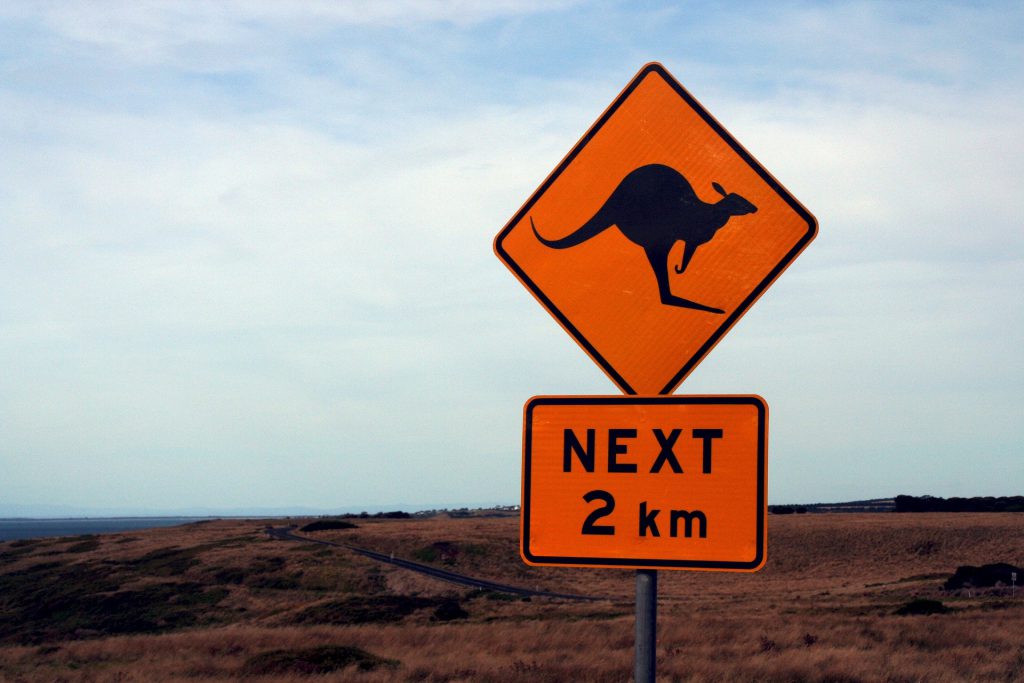 In Australia many native animals, including some species of kangaroos and wombats, are nocturnal. Kangaroos, in particular, can be unpredictable, especially if they’ve been standing on or near the road, which often retains more heat than the ground after nightfall.
Keep an eye out for signs that warn an area has a lot of wildlife, or signs advising of unfenced roads, where livestock, camels or even brumbies can wander onto the road.
Remember to brake rather than swerve if an animal runs in front of your vehicle.
In Australia many native animals, including some species of kangaroos and wombats, are nocturnal. Kangaroos, in particular, can be unpredictable, especially if they’ve been standing on or near the road, which often retains more heat than the ground after nightfall.
Keep an eye out for signs that warn an area has a lot of wildlife, or signs advising of unfenced roads, where livestock, camels or even brumbies can wander onto the road.
Remember to brake rather than swerve if an animal runs in front of your vehicle.
5. PRESERVE YOUR NIGHT VISION
 Keep the lights inside your cabin dim to allow your eyes to better adjust to the darkness outside and reduce reflections on the windshield. It’s best to dim the dash lights to as low as you can tolerate.
When another vehicle approaches, don’t look at their headlights. Instead direct your gaze to the white line on the left-hand side of the road. That will keep your vehicle in the correct position while giving your eyes the best chance to cope with the change in brightness.
Keep the lights inside your cabin dim to allow your eyes to better adjust to the darkness outside and reduce reflections on the windshield. It’s best to dim the dash lights to as low as you can tolerate.
When another vehicle approaches, don’t look at their headlights. Instead direct your gaze to the white line on the left-hand side of the road. That will keep your vehicle in the correct position while giving your eyes the best chance to cope with the change in brightness.
6. TAKE A BREAK
Monitor yourself and pull over and take a break if you find yourself yawning, losing concentration or veering out of your lane.7. GET ENOUGH SLEEP
Starting a night drive well-rested is key to not falling asleep at the wheel. Try to get enough sleep during the day so your body isn’t craving dreamland when you’re working.8. MAINTAIN YOUR VEHICLE
 Make sure your equipment can cope with the conditions. Replace your windscreen wipers regularly to make sure they work efficiently in the wet, and check your fog lights work in case you encounter a misty section of road.
Make sure your equipment can cope with the conditions. Replace your windscreen wipers regularly to make sure they work efficiently in the wet, and check your fog lights work in case you encounter a misty section of road.
9. GET YOUR EYES CHECKED
Driving is a very visual task, so it’s important to ensure your vision is in tip-top condition. Research has shown that people with glaucoma are more than three times as likely to be involved motor vehicle accidents than people the same age without the condition. If you do wear prescription glasses, talk to your optometrist about getting an antireflective coating on your next pair.10. AVOID HIGHWAY HYPNOSIS
The constant thrum of the road and the monotony of an empty highway can induce a trance-like state while driving. You suddenly realise you can’t remember the past few kilometres, or even hour. Highway hypnosis, or white line fever, is different to driving while fatigued because you aren’t actually falling asleep. However, it’s an altered state of alertness, which isn’t ideal when driving. Avoid highway hypnosis by periodically switching your focus from the road to the road markings, signs, other vehicles and rear-view mirrors. Also take regular breaks from driving. Custom-built or pre-bodied… which truck should you choose? We look at the pros and cons of each in this blog.


Playtime’s over, get $3,500* to spend on extras.
If you’re ready to get serious about tackling bigger jobs, grab yourself an NLR 45-150 AMT SWB Traypack from the Ready-to-Work range for $62,990 drive away*. And to prove we aren’t playing, buy any NLR Traypack before June 30 and you’ll get $3,500* to spend on genuine accessories or an Essentials service agreement.
Learn more

